
Today marks the release of a new version of the COMSOL® software, which includes core functionality updates and major updates to the add-on modules. Read on for a brief introduction to some of the significant updates to the COMSOL Multiphysics® and COMSOL Server™ platform products and add-on modules.
COMSOL Multiphysics® and COMSOL Server™ Version 5.3a Updates
Before getting into the physics-specific updates, let’s take a look at a couple of the features that can be employed by every COMSOL Multiphysics user. The copy-paste functionality has been extended to physics interfaces and even entire model components. For example, when working on a model that has multiple components running similar but varied analyses, instead of redefining several of the same physics boundary conditions over again, you can copy your already defined physics interface into a different component and make slight changes. This could become the most used feature of the 5.3a release (learn more about it on the COMSOL Desktop® page in the Release Highlights).

Demonstrating the copy-paste functionality.
A new color table has been added that may be the most interesting new feature. It’s called Cividis and was created by Ryan Renslow, Chris Anderton, and Jamie Nuñez of the Pacific Northwest National Laboratory. The color table was designed for people with color vision deficiency, optimized for those with red-green color blindness, but useful for everyone when showing scalar values. Find more info on the Cividis color table on the Postprocessing and Visualization Updates page in the Release Highlights. (We are also publishing an in-depth blog post about Cividis soon, so stay tuned!)
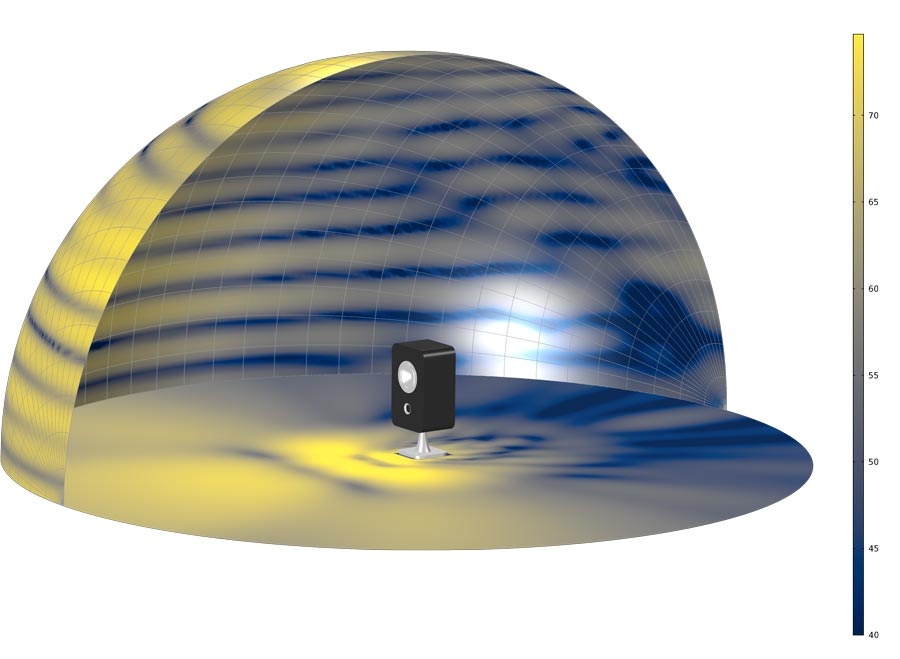
A loudspeaker model visualized with the new Cividis color table.
The release of COMSOL Server version 5.3a also provides the most comprehensive list of new features since its debut. Administrators can set up automatic login for repeat users, eliminating the need to sign in every time they want to run an application. App creators can edit the title, description, and thumbnail for an app directly from the COMSOL Server user interface. A new app has been added to validate cluster setup; to test settings for cluster and remote computing. Notifications can be sent to users to inform them of new or updated apps. All of these features and more can be found on the COMSOL Server Updates page in the Release Highlights.
Images from the Release, Highlighting Physics-Specific News
Next Steps
To view all of the news in detail, check out the Release Highlights pages for COMSOL Multiphysics and COMSOL Server version 5.3a.
Be sure to keep up with the blog as well; we will be covering new features and tutorials in-depth over the next few months.
Updated List of Blog Posts Covering 5.3a Topics in Detail
- A Simulation Color Table for Engineers with Color Vision Deficiency
- Calculating Thermodynamic Properties for Liquids and Gases
- How to Model Moisture Flow in COMSOL Multiphysics®
- How to Model Roller Bearings in COMSOL Multiphysics®
- Using the Inflow Boundary Condition in Nonisothermal Flow Simulations
- How to Use the Boundary Element Method in Acoustics Modeling
- Using the Algebraic Multigrid (AMG) Method for Large CFD Simulations
SOLIDWORKS is a registered trademark of Dassault Systèmes SolidWorks Corp. PTC, Creo, and Creo Parametric are trademarks or registered trademarks of PTC Inc. or its subsidiaries in the U.S. and in other countries.


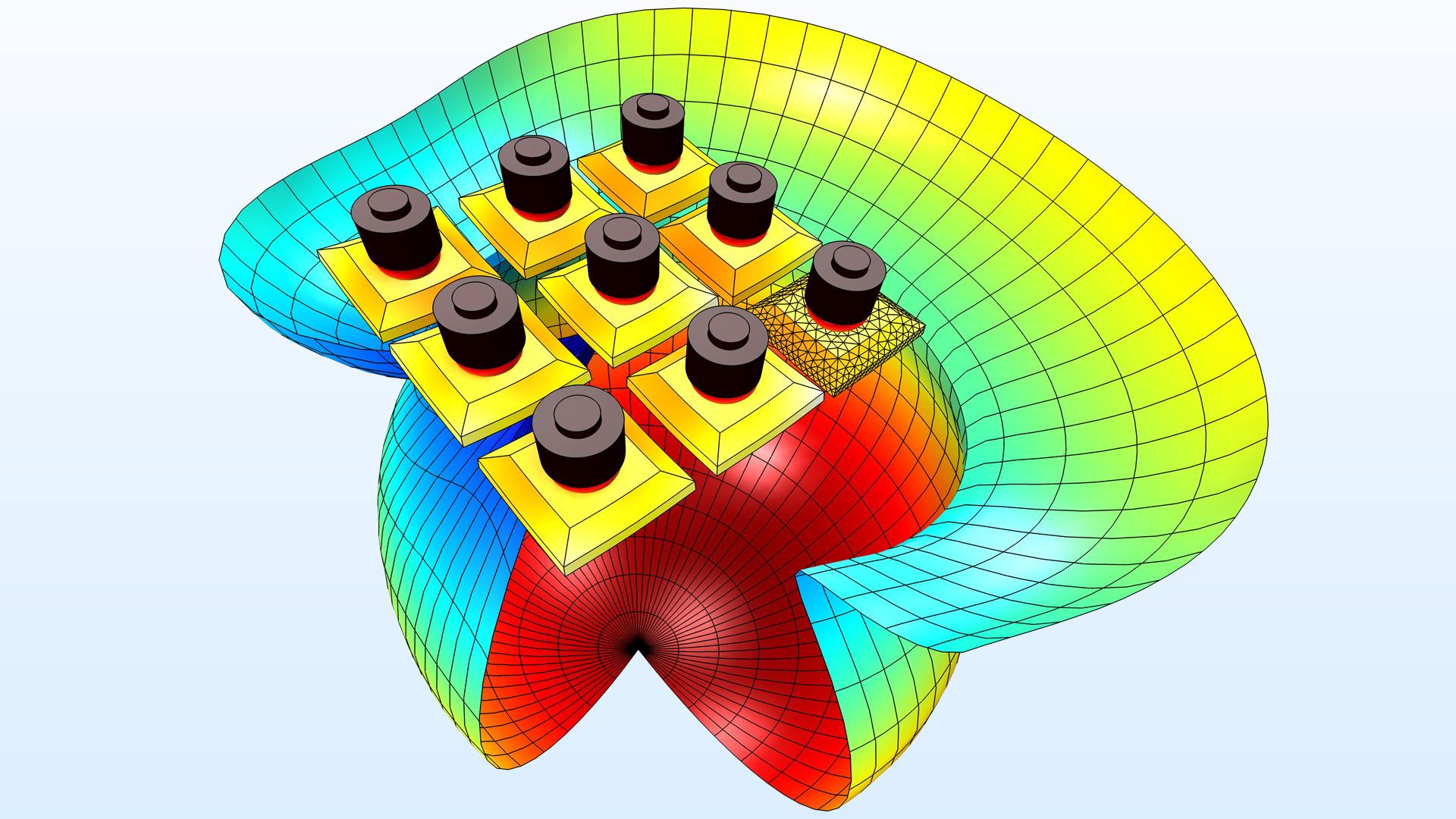
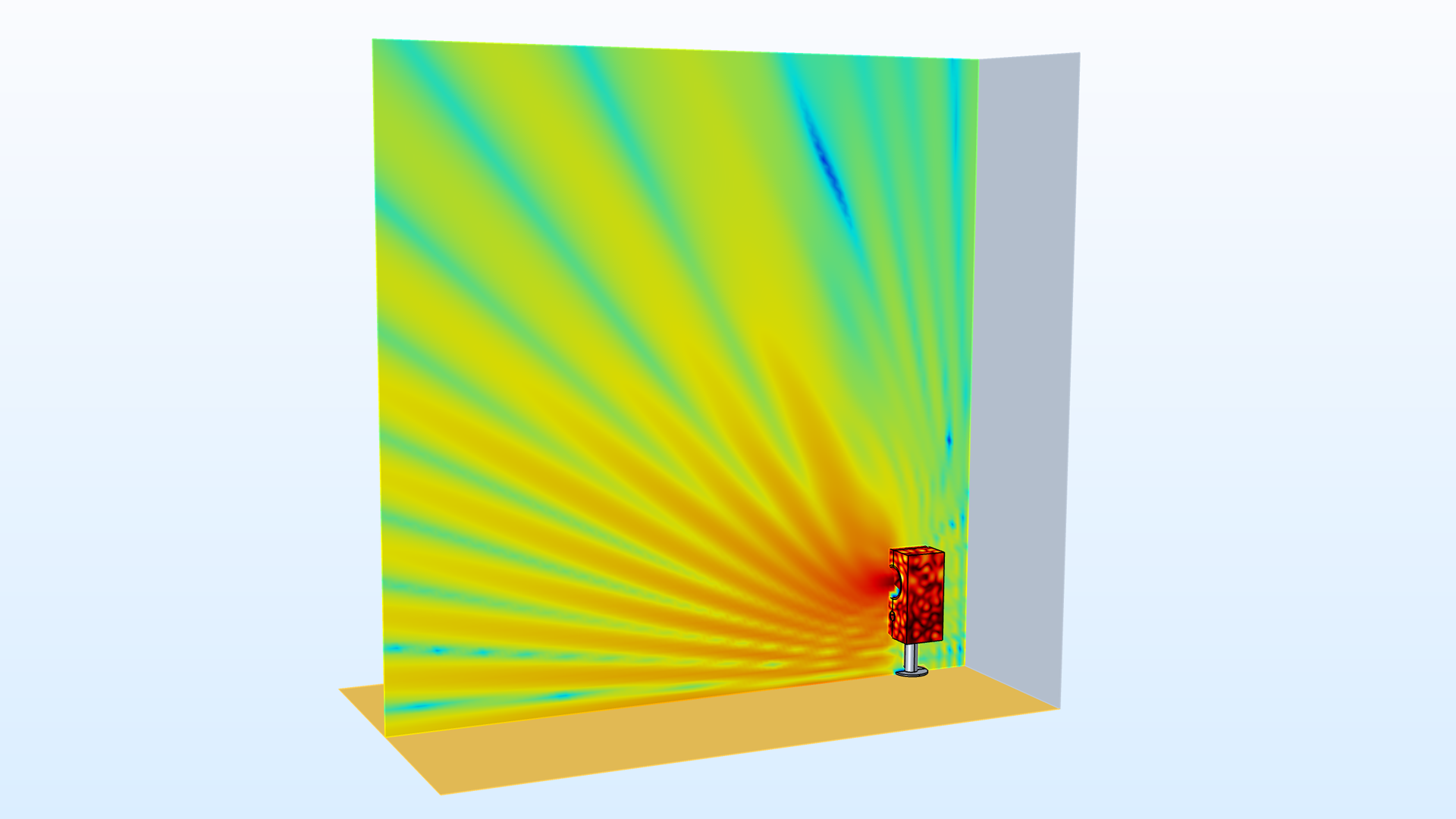
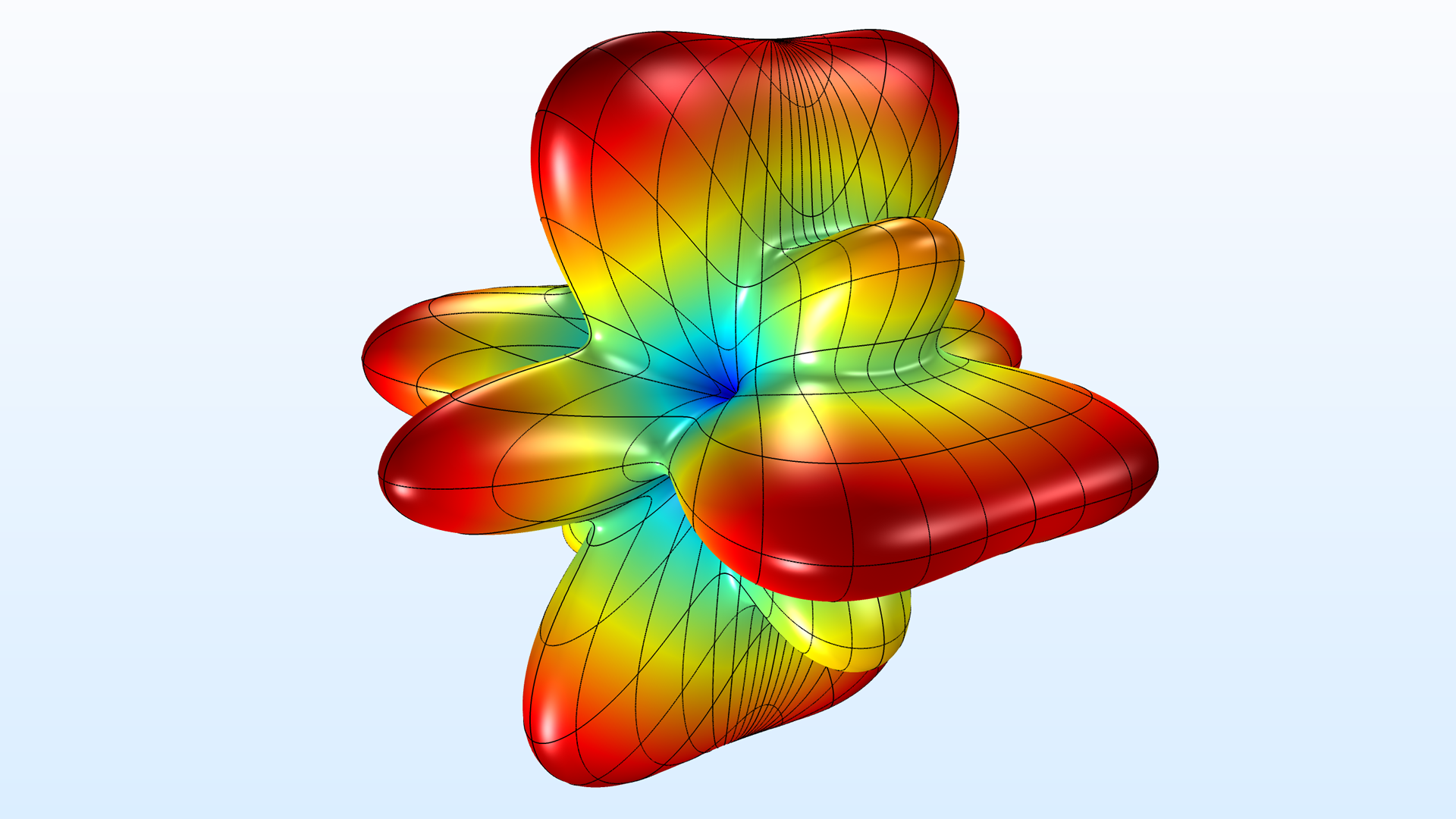
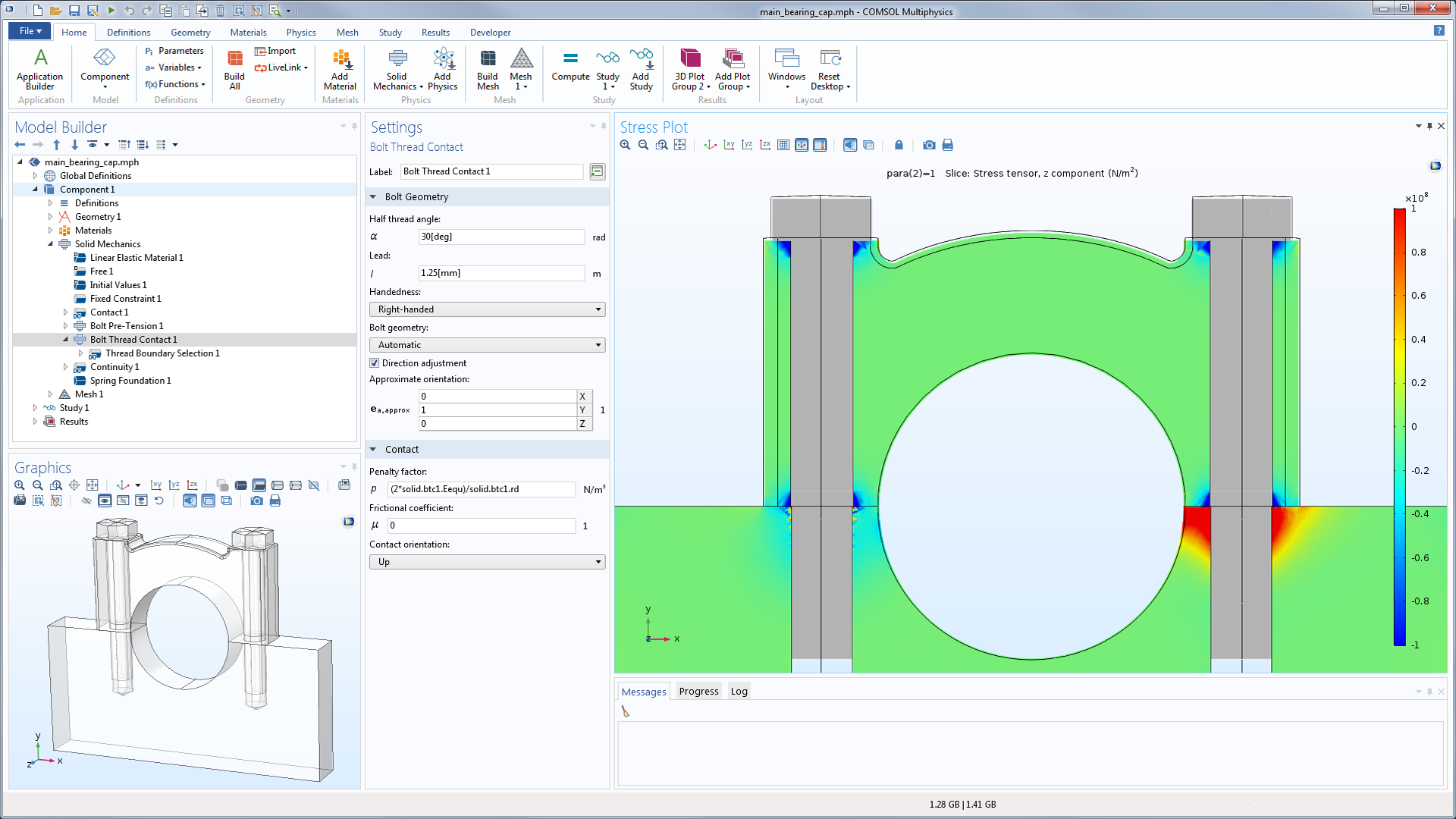
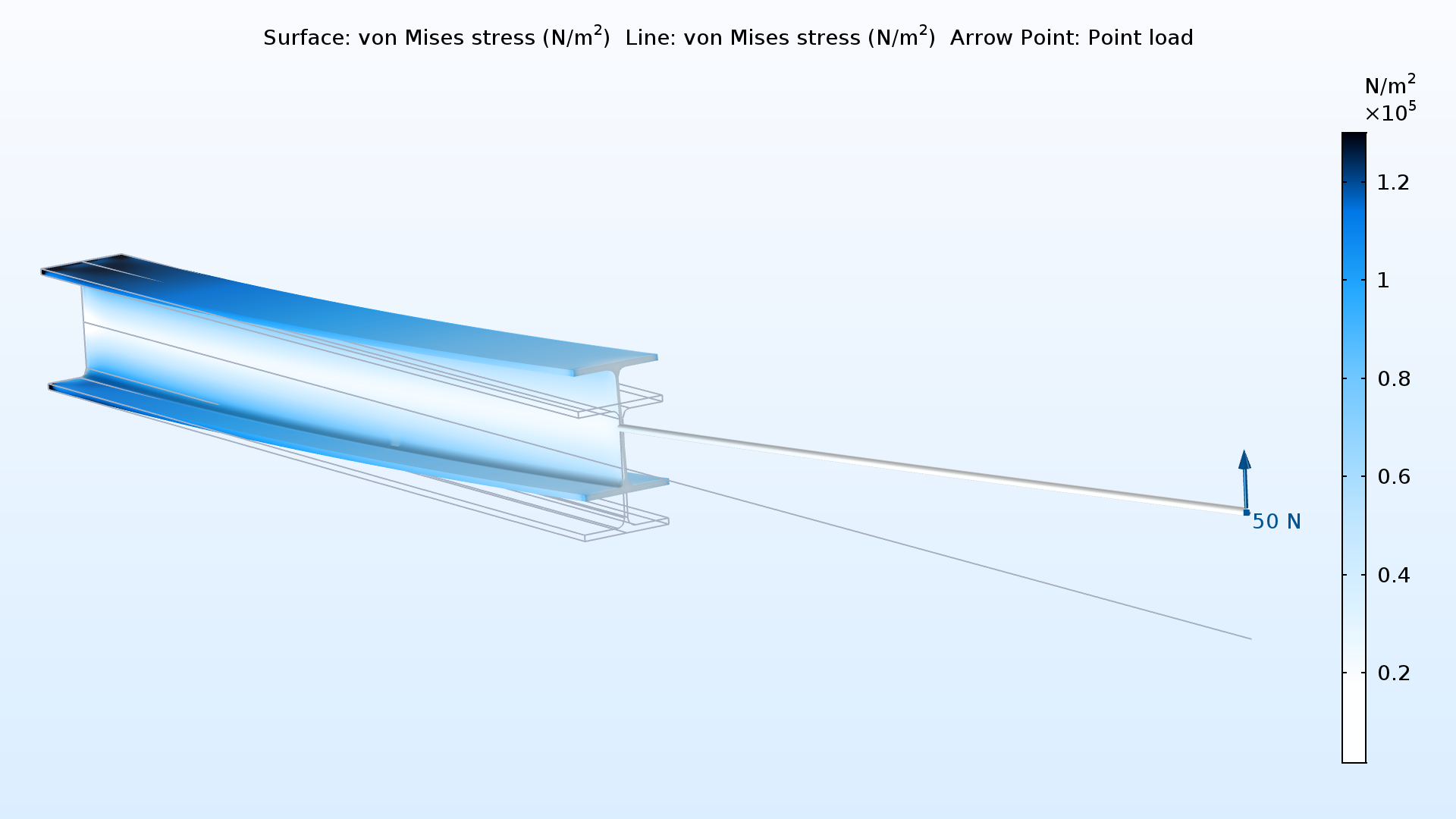
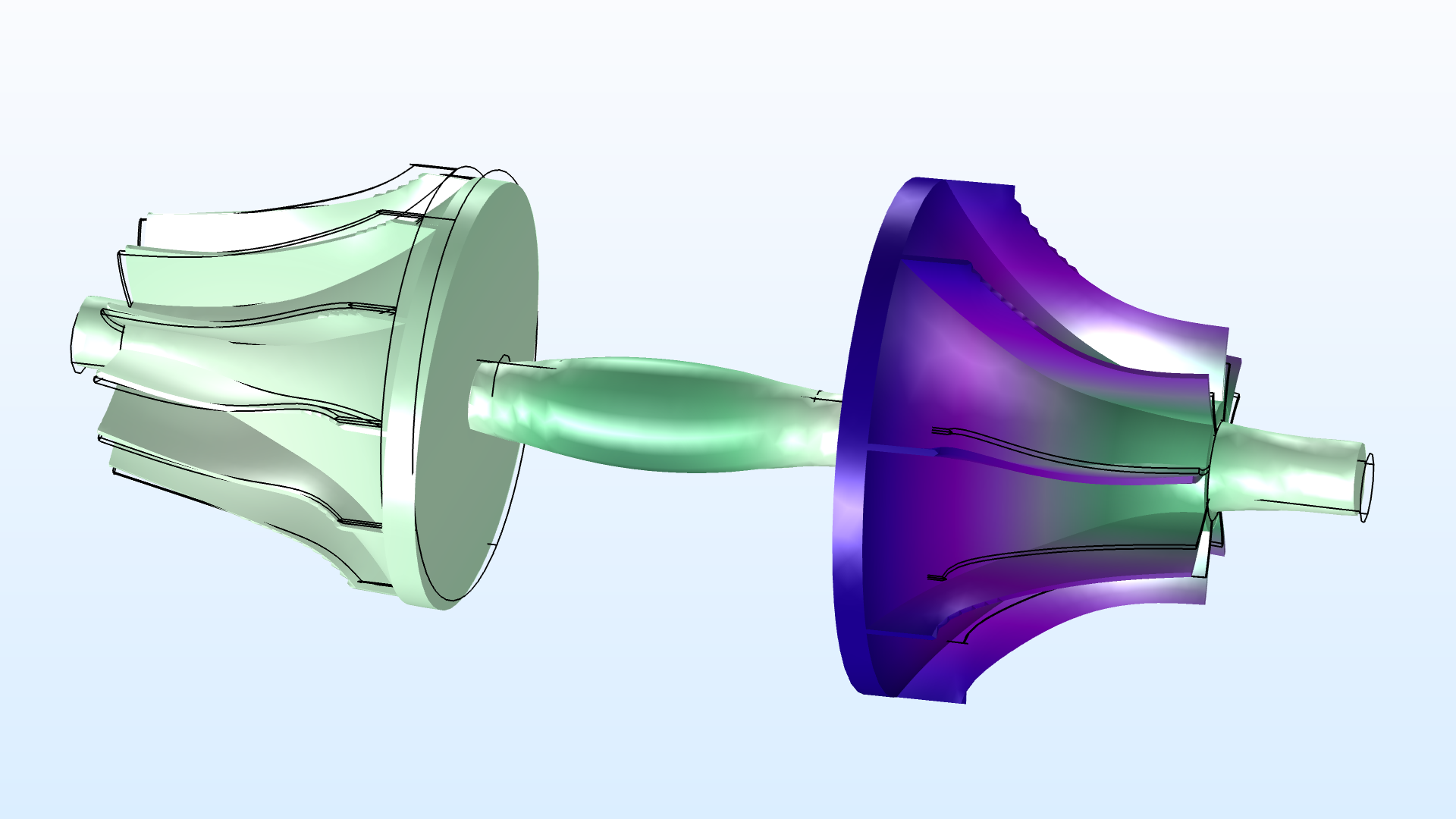
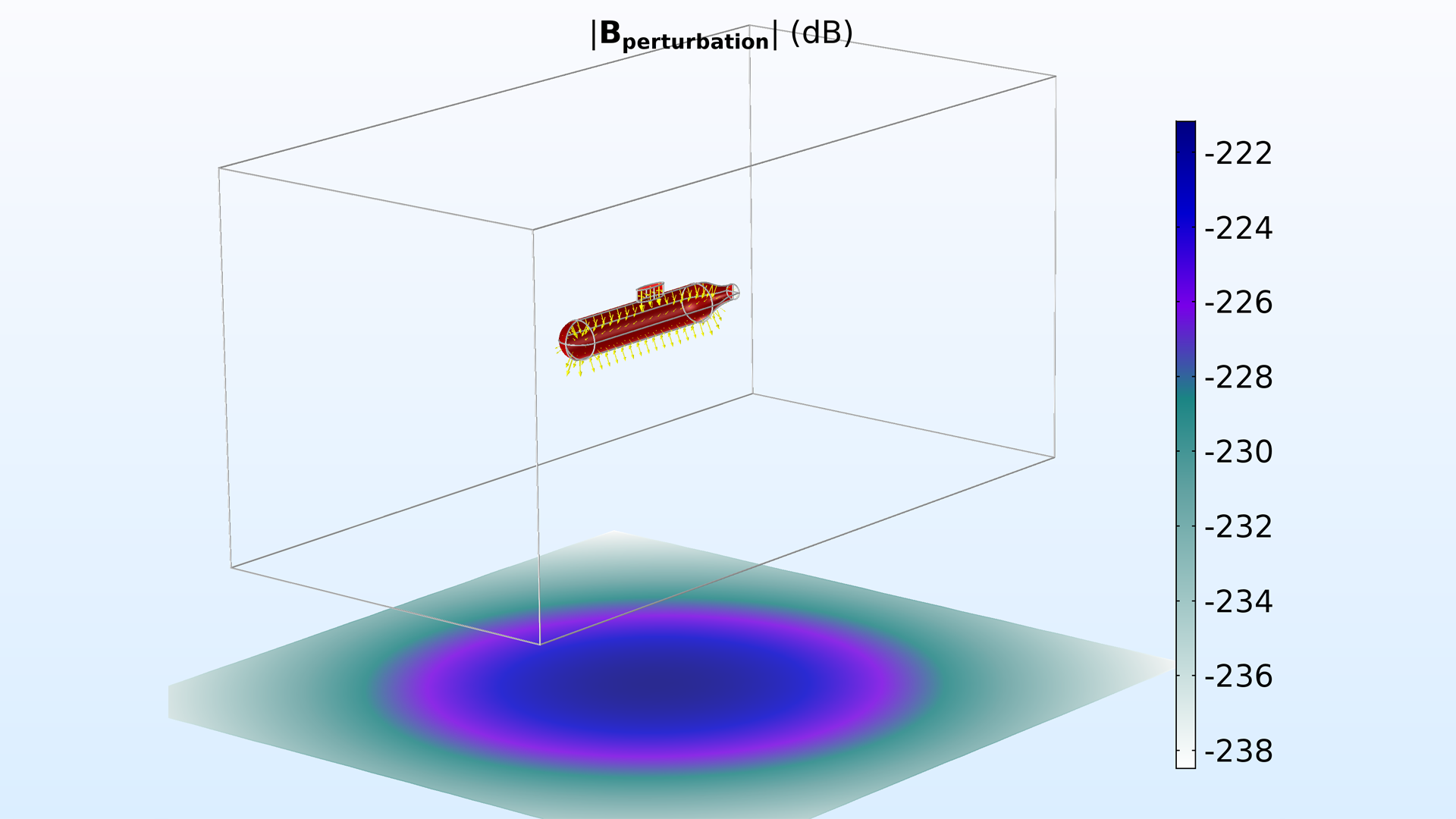
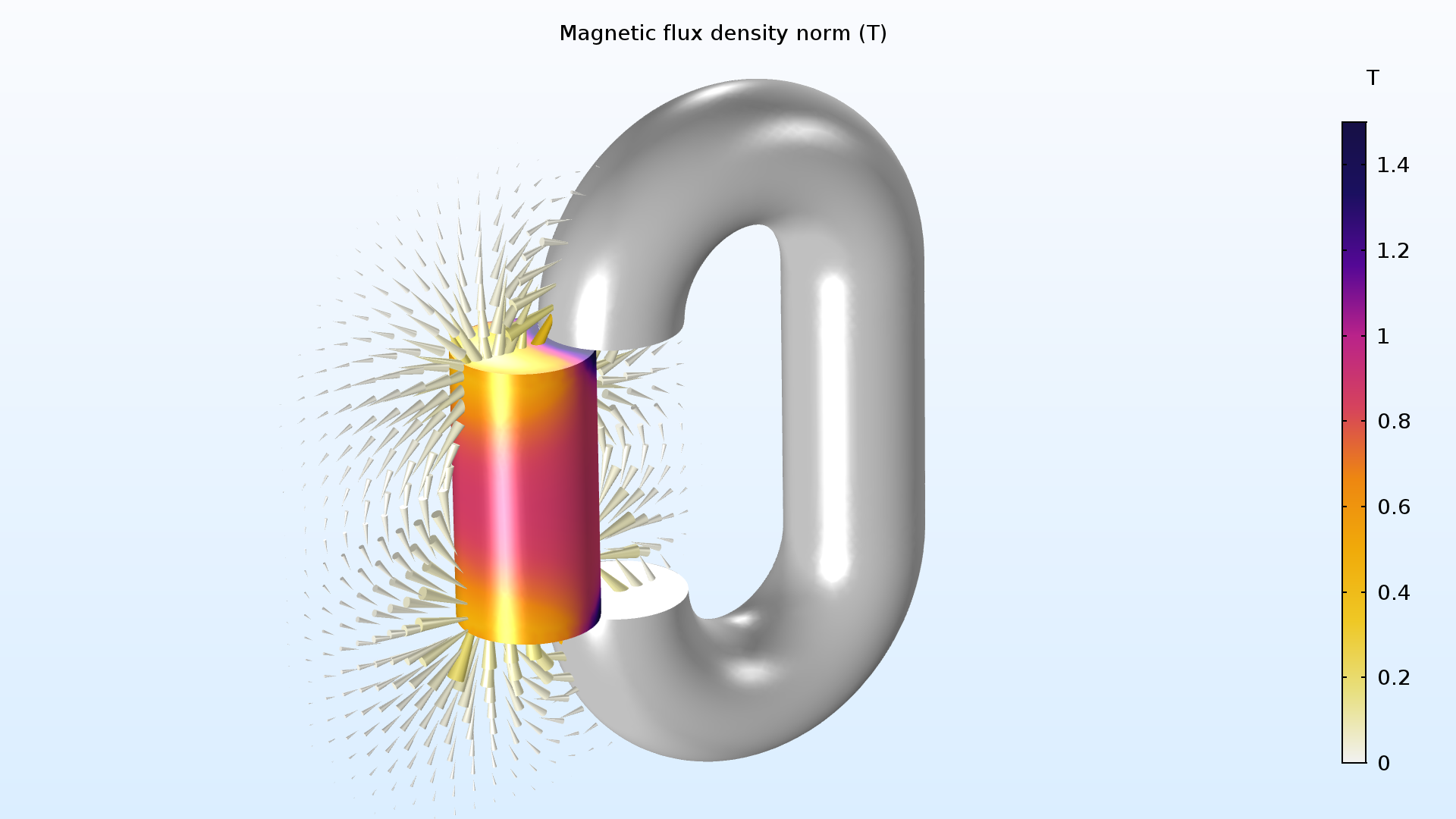
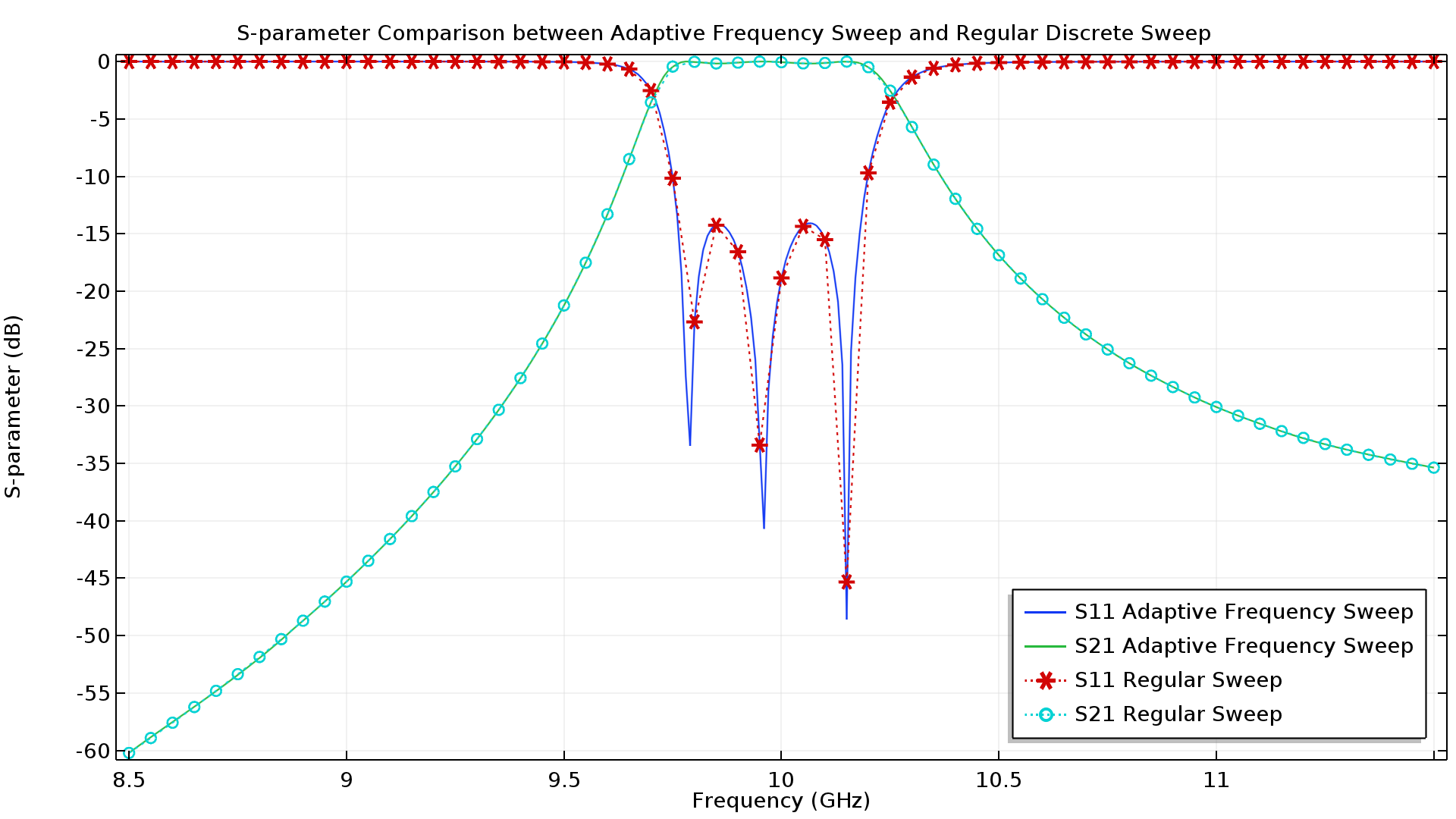
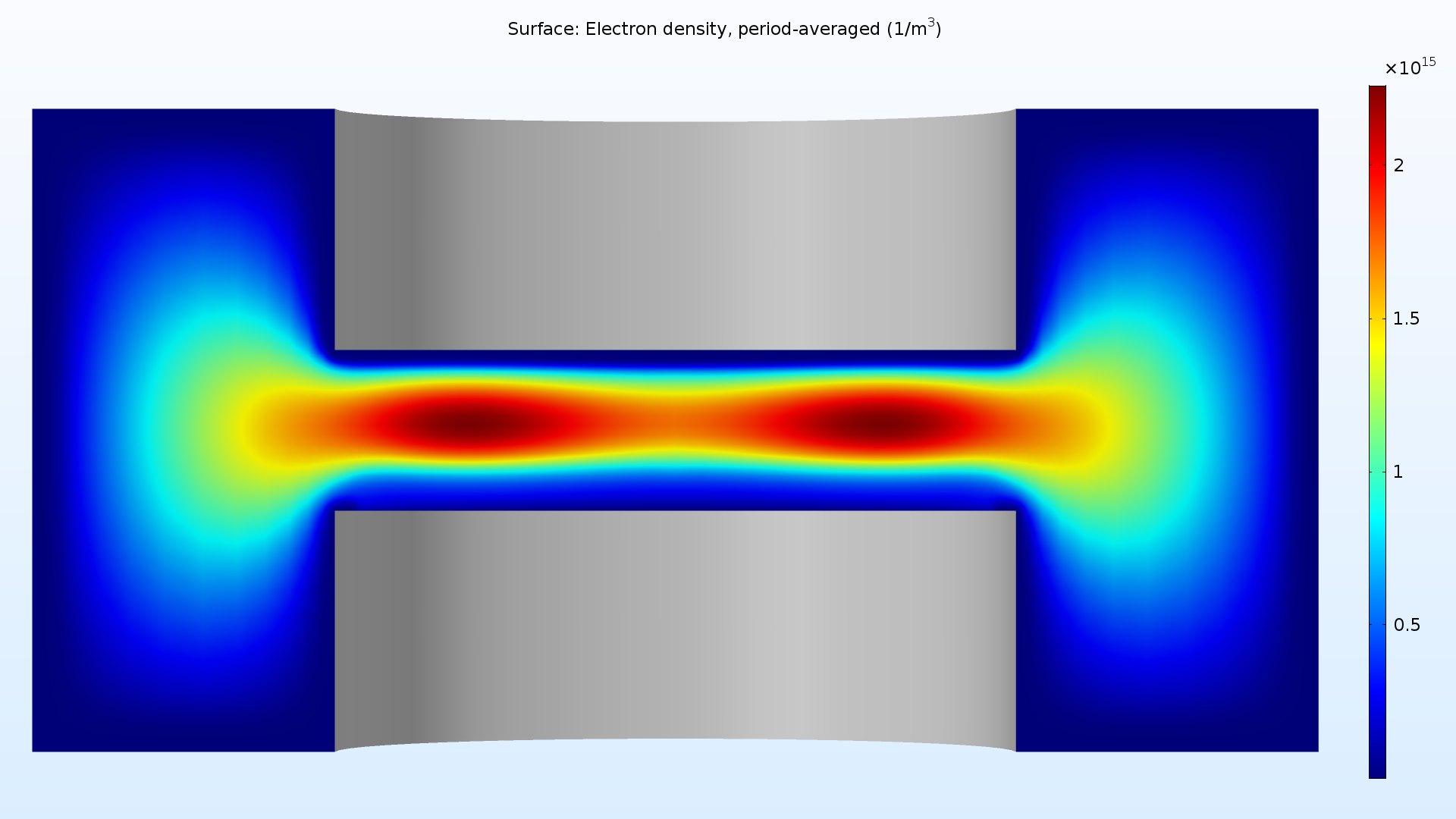
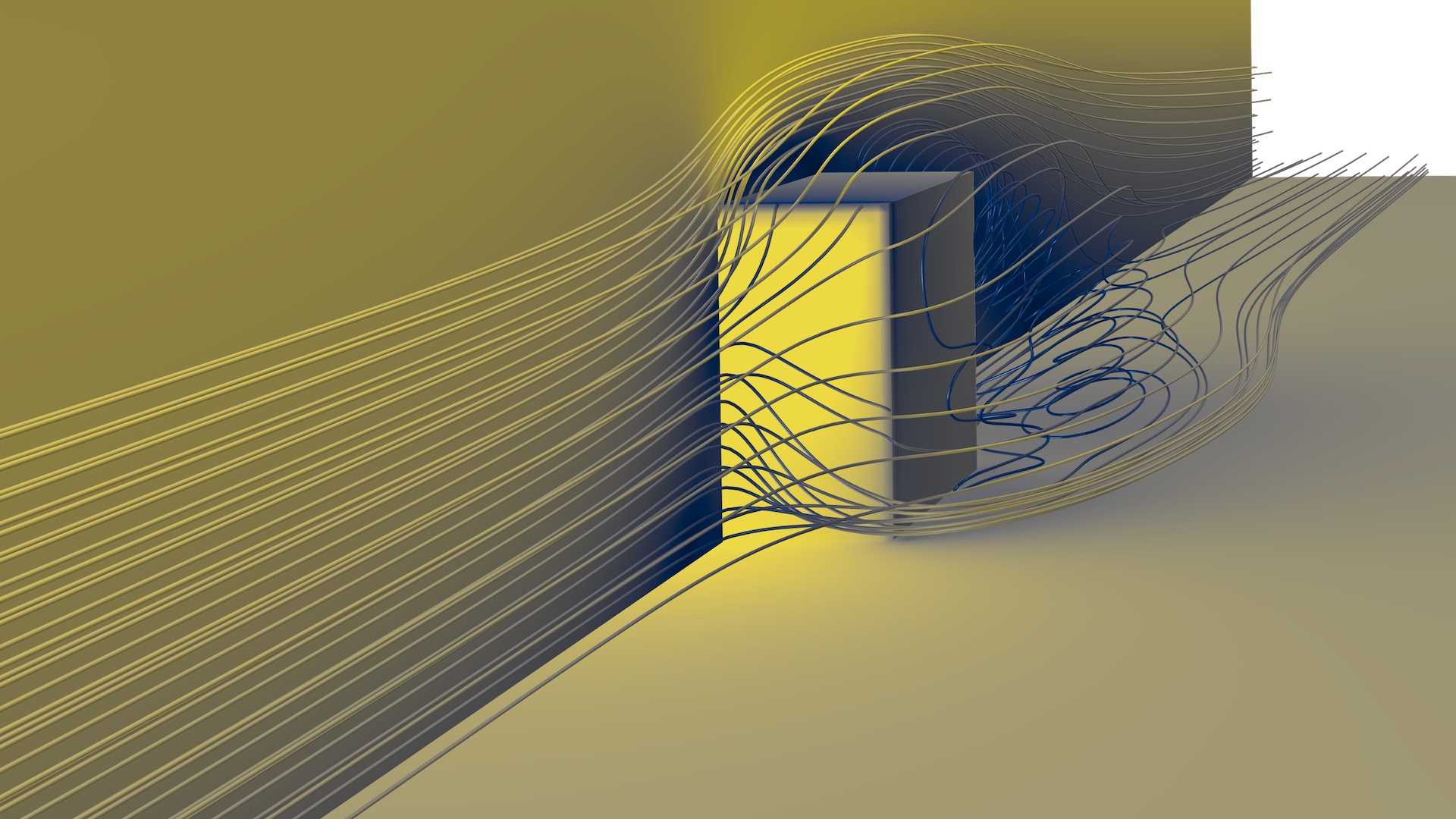
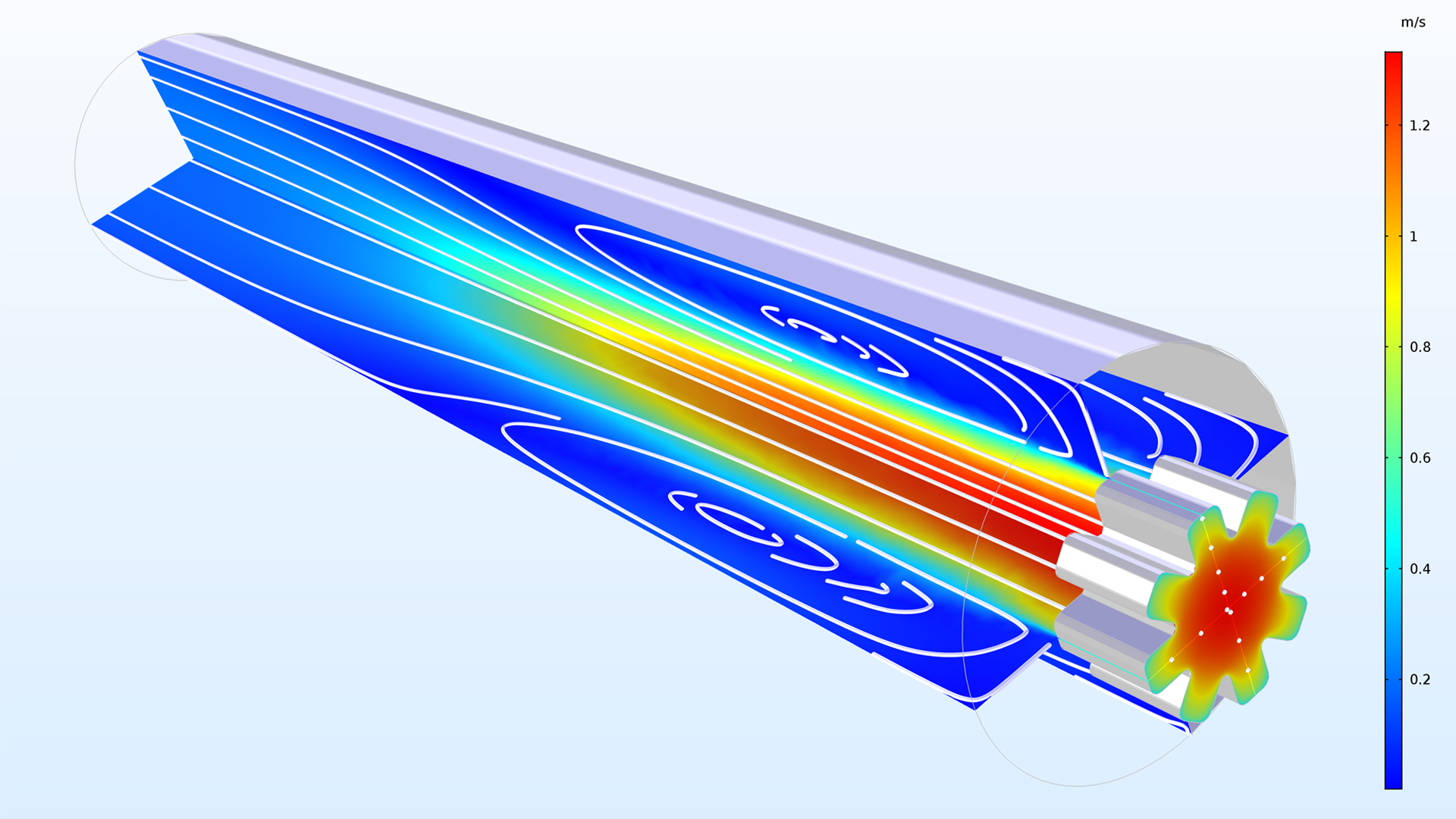
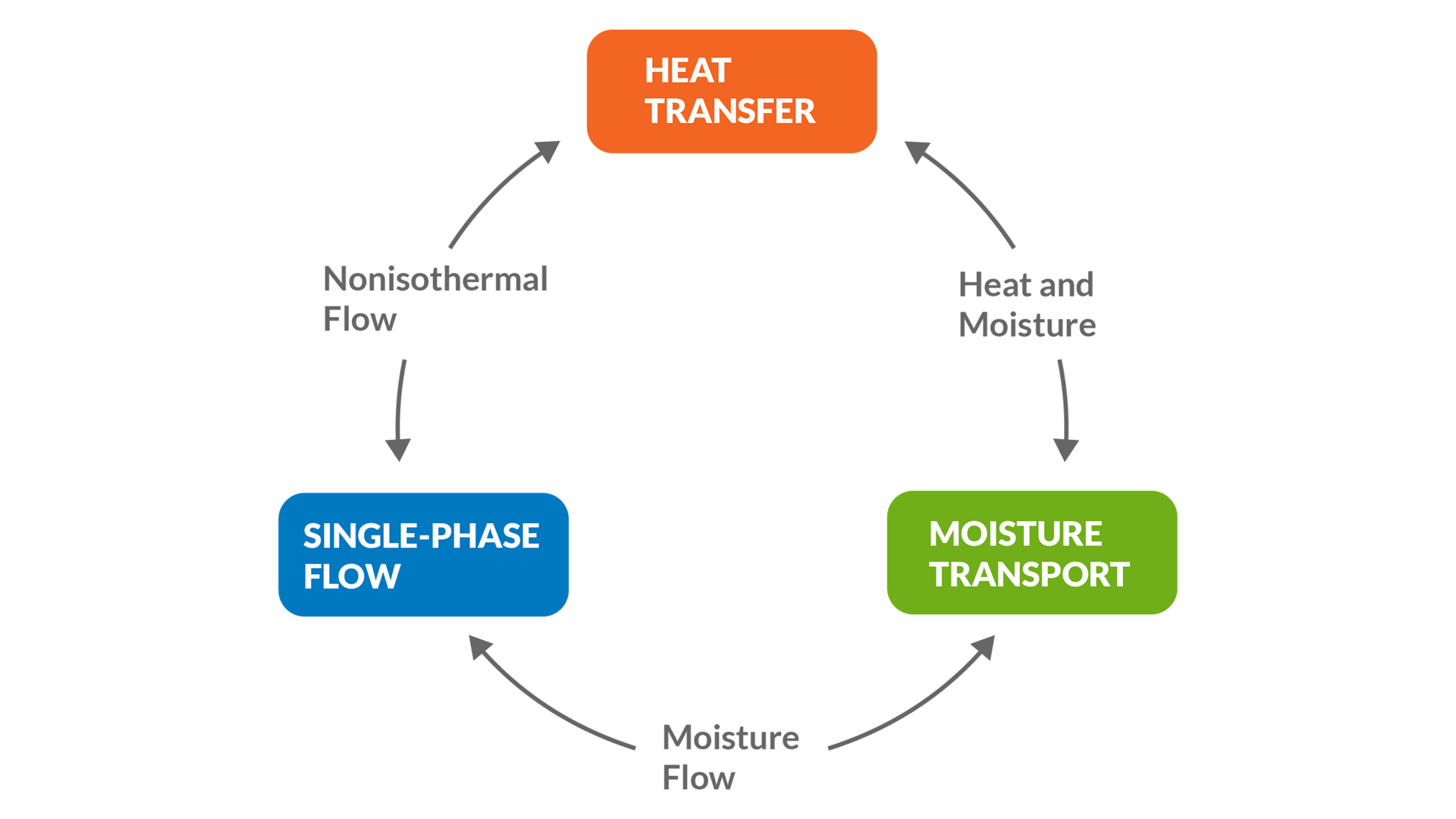
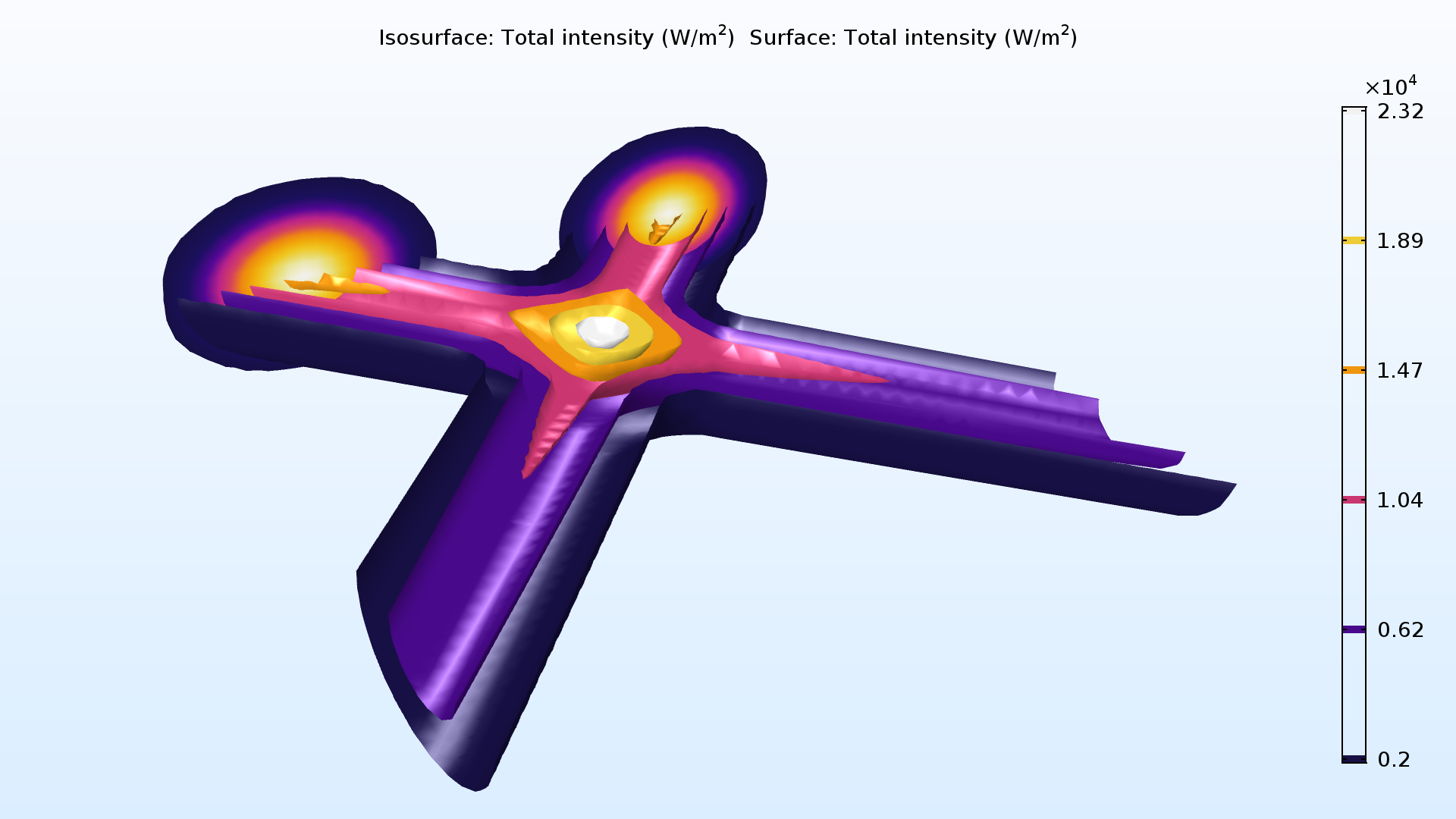
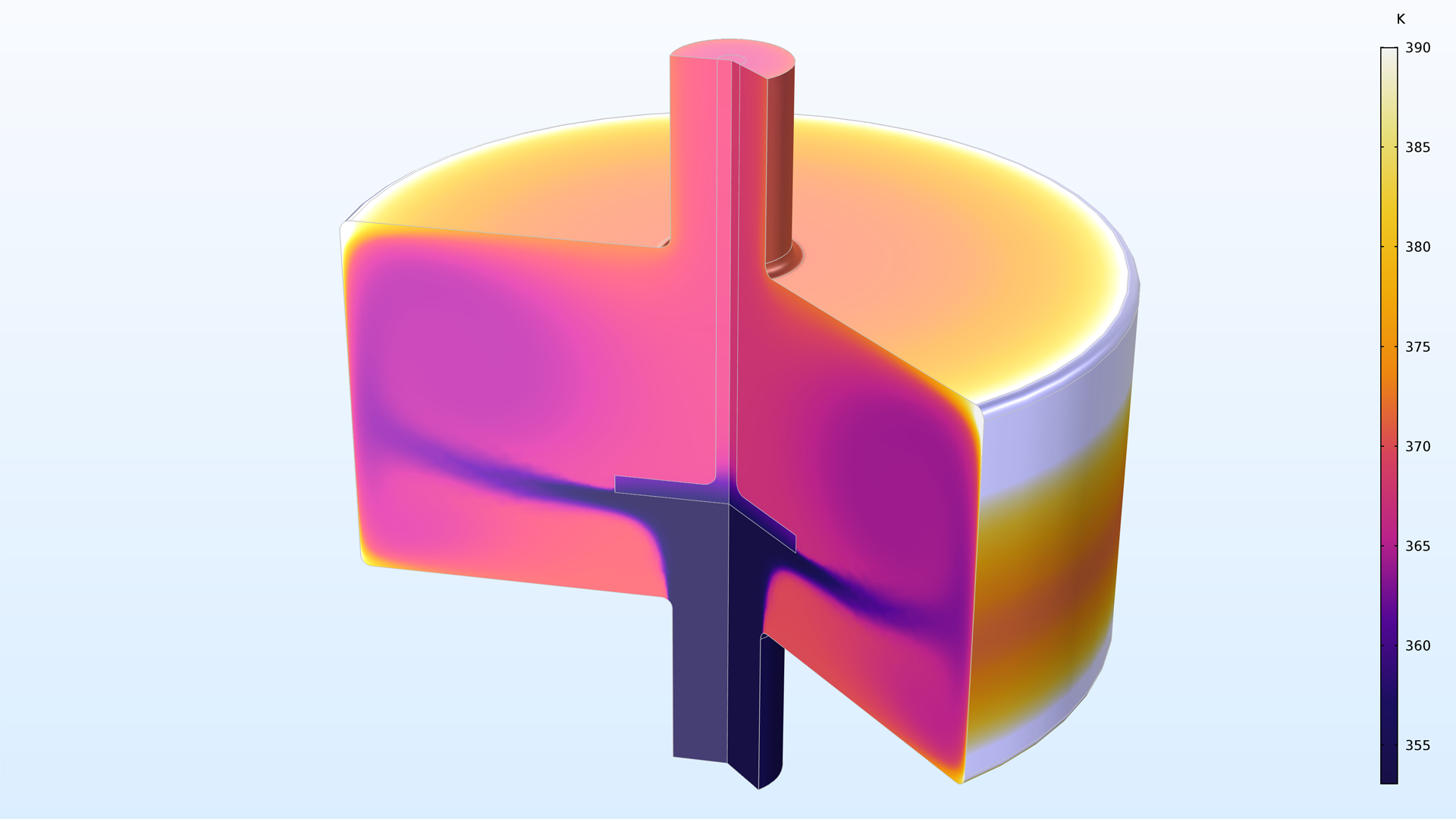
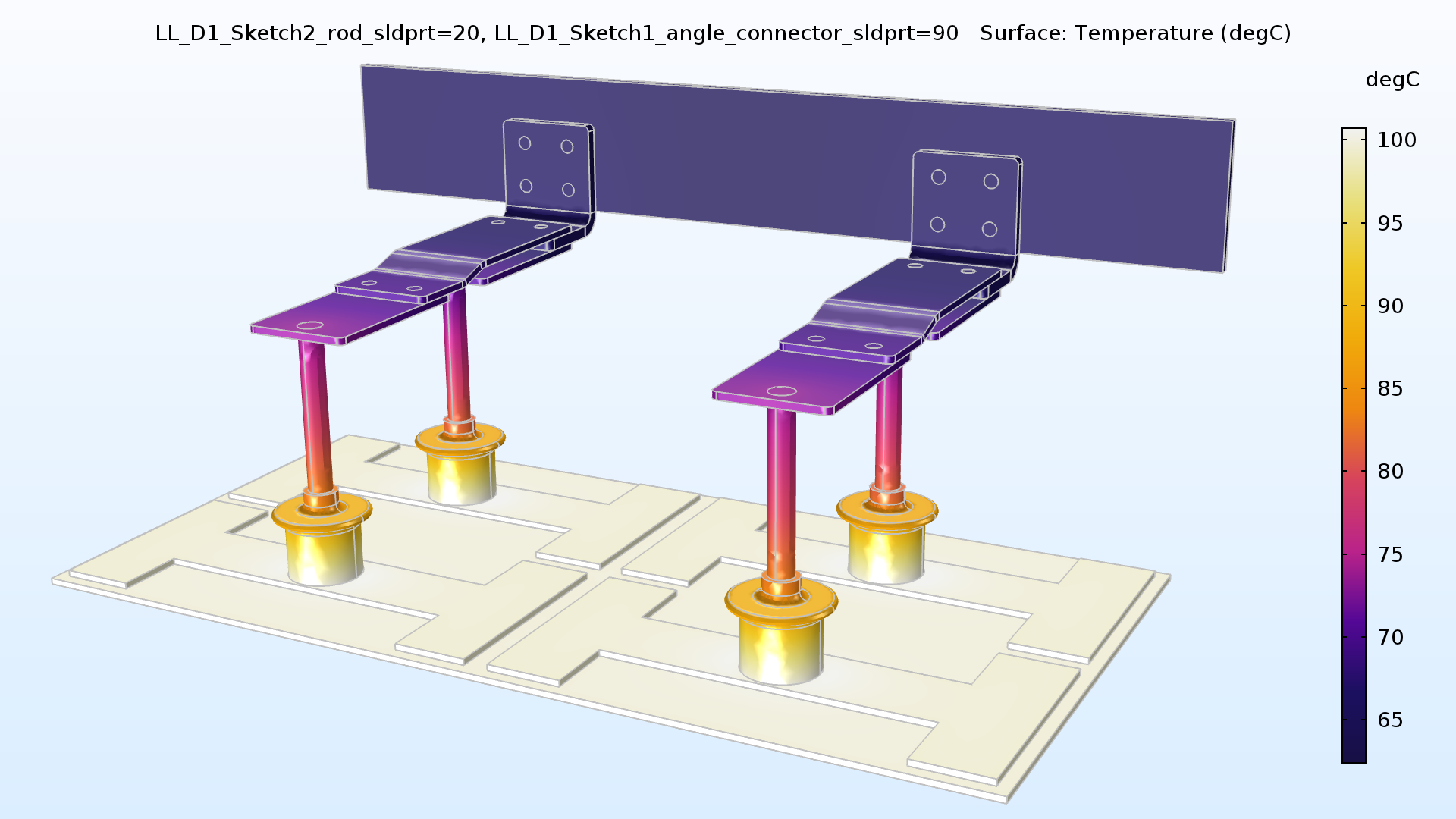
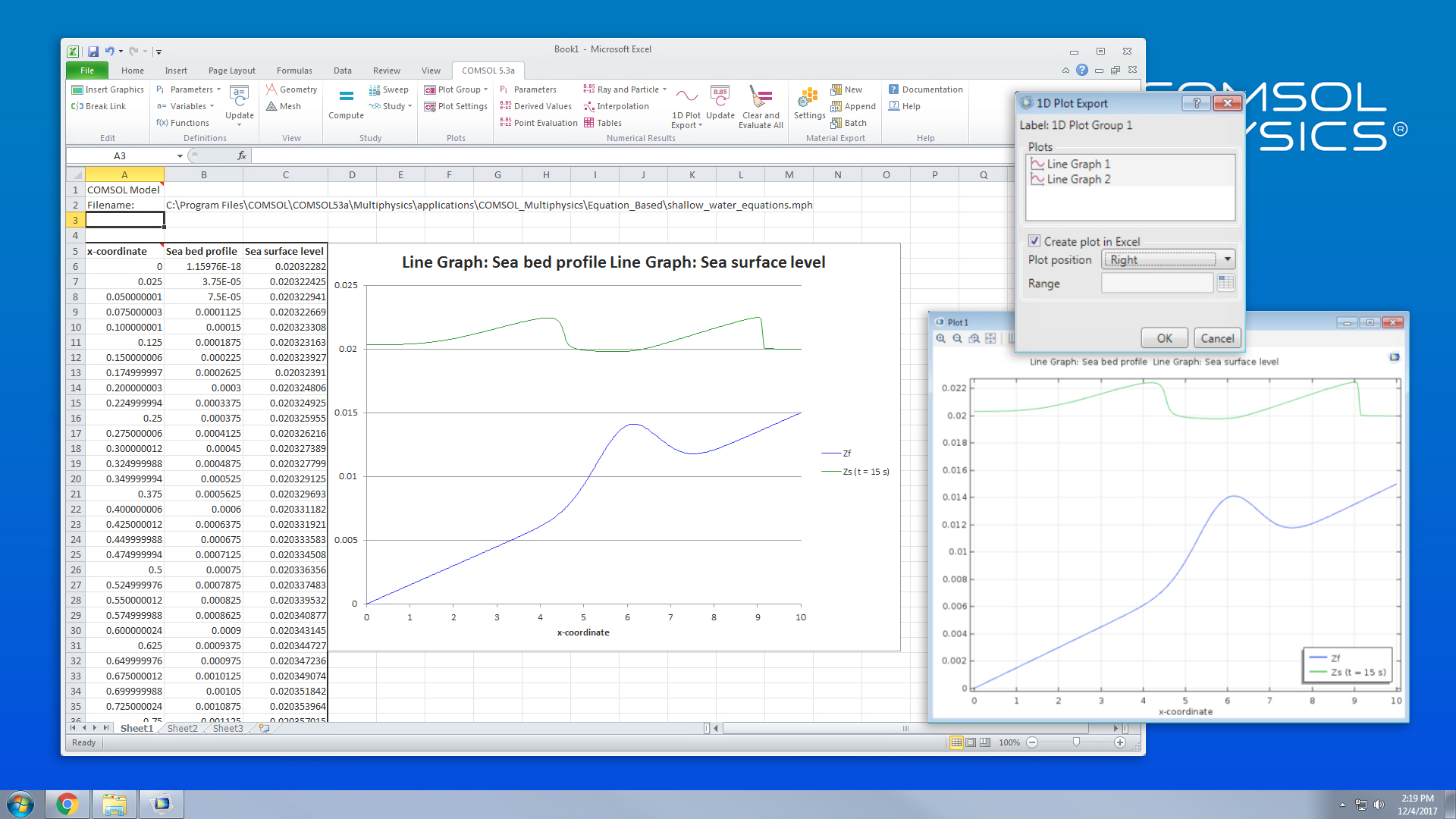
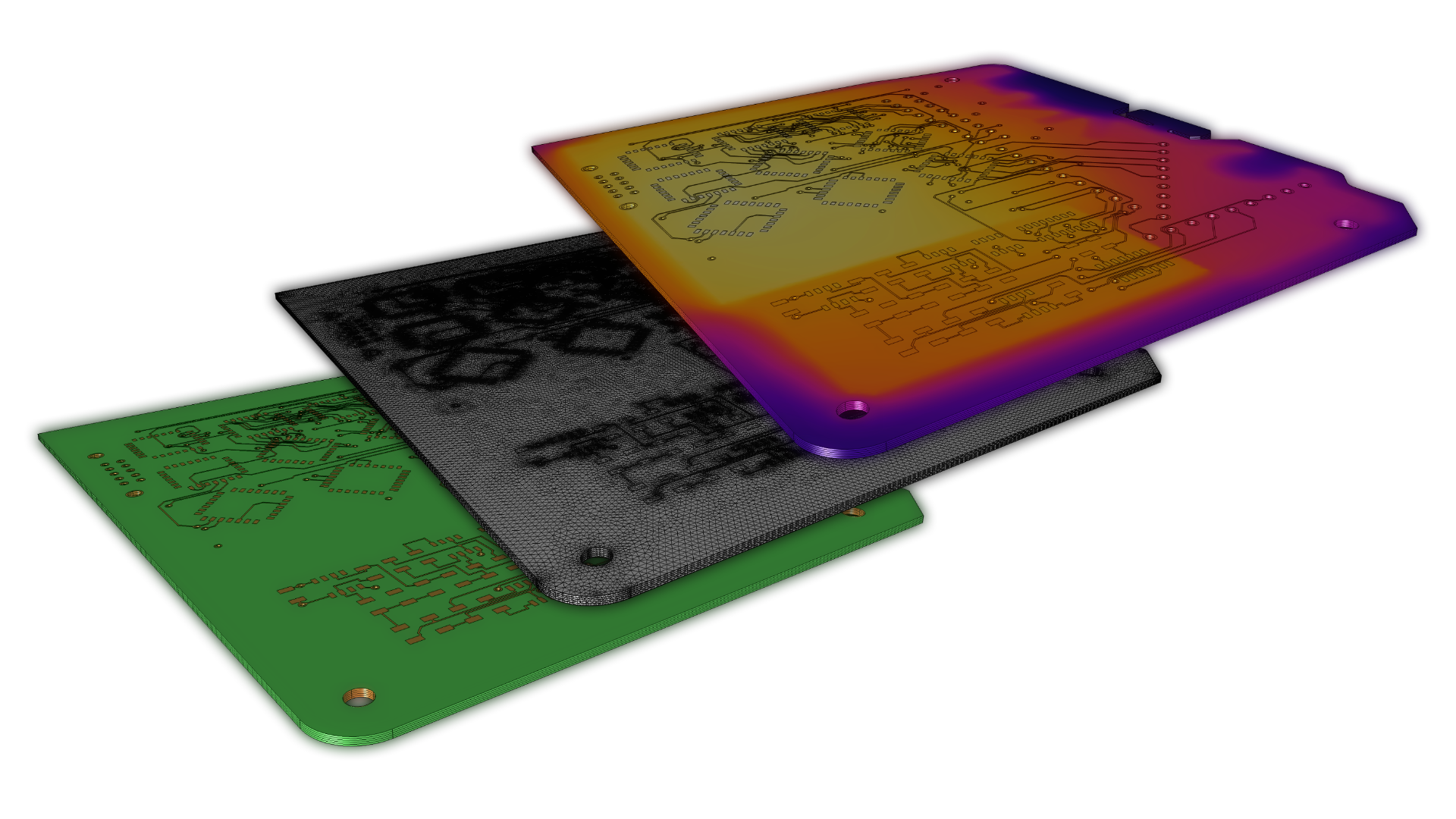


Comments (0)